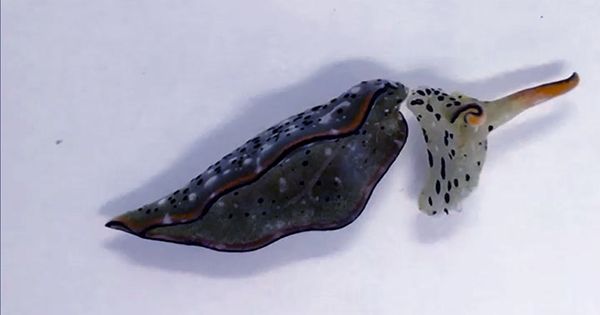You cannot even imagine great things when you think of slugs, but a recent discovery published in the journal Current Biology found that some marine species could do quite incredible things.
The study identified two species of sea slugs that are capable of tearing themselves apart and sprouting a new body from their detached heads, which is no big deal. The perfect search took place while Sakaya Mitoh, a PhD candidate at Nara Women’s University in Japan, was documenting the development of marine slugs in a lab. One day, Mitoh noticed a severed head that was still detached from the heart and other vital organs. I hope that as soon as it dries up, you can only imagine his surprise when he later comes back to the flowing head and sees that it has a new body.
Lizards are famous for their regenerative skills, threatening when they drop their tails and replaced by other (or sometimes more) ones. Then it seems that their time as poster children for the newborn may be over, the two species of sacoglossan sea slugs were able to replace a heck much more than a tail. So how can a downed head make it into the ocean? Apart from the conventional way of digestion, the researchers realized that they should do something else to survive while cooking Slug- bod 2.0.
They think that slugs may be exclusive to the photosynthetic ability of chloroplasts, which they concentrate on algae (a phenomenon known as kleptoplasty) and blend into their tissues. If true, the theory suggests they can live like their leaves so that their second body flowers can bloom long. For Mitoh and colleagues, of course, at Yoichi Yusa Lab, it has become a strange time where mysterious self-deprecating sacoglossans are first seen performing their unique magic tricks. Researchers have reported that it may take a few days for the slugs to close behind after hitting the head ejector button (a process known as autotomy). The head will continue to move from the moment of becoming single and from here; its success depends on the age of the sea slag.
The eroded heads of old slugs usually die within 10 days, while the heads of small slugs start feeding on algae within a few hours and start working on the new heart within a week. Three weeks below the line, the reincarnation was complete. The remarkable feat made possible by the ability of stem-cell-like cells to transform anything in the body. Exactly how they do, it is another question, although it could be a way to jettisoning the parasitic body. Researchers with plans to study these slugs are hoping they will be able accurately confirm how such a complex creature can completely re-manage itself.














